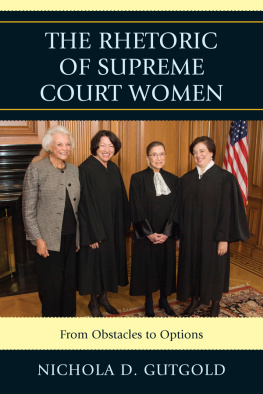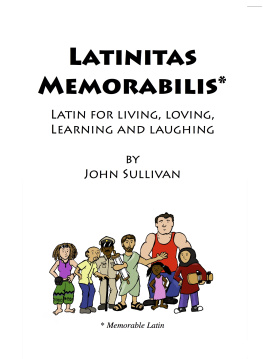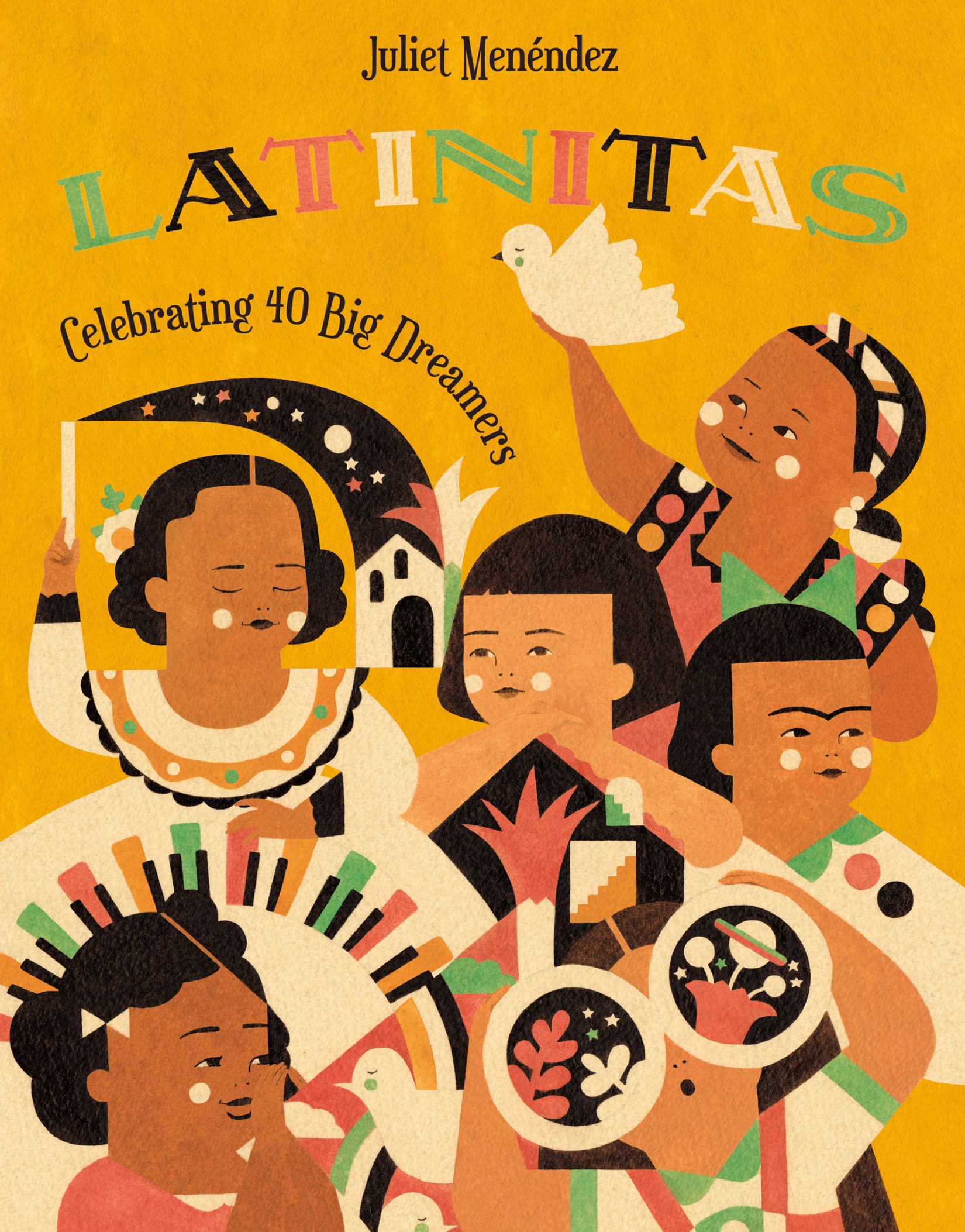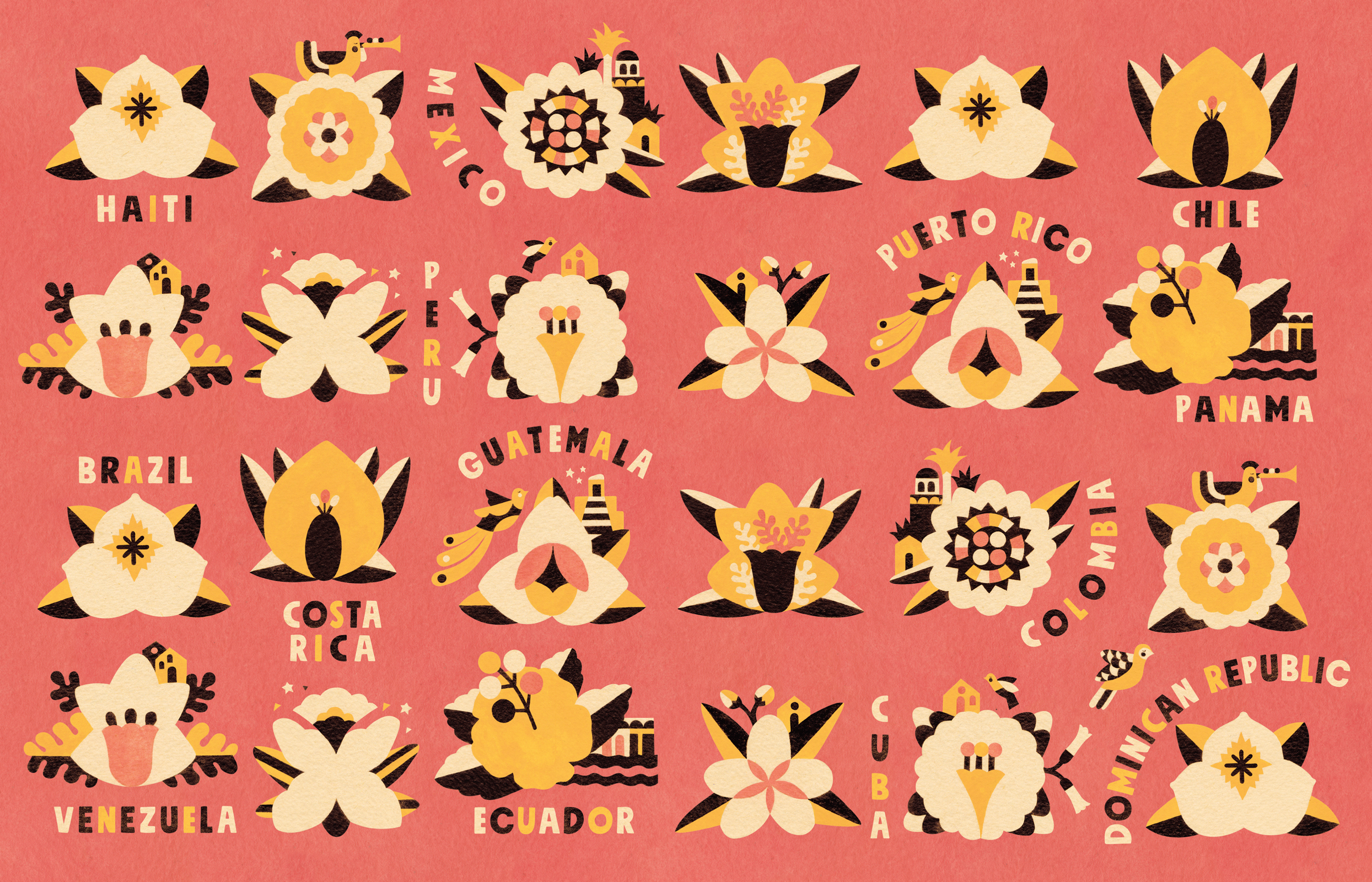The author and publisher have provided this e-book to you for your personal use only. You may not make this e-book publicly available in any way. Copyright infringement is against the law. If you believe the copy of this e-book you are reading infringes on the authors copyright, please notify the publisher at: us.macmillanusa.com/piracy.
To my students and all Latinitas, especially mi sobrinita, Luca.
The Latinas you will read about on these pages are women I love, respect, and admire. I wish I had discovered them when I was a child! I am lucky to have spent my days and nights getting to know them since 2014, and I am so happy to finally get the chance to share each of their incredible stories with you.
When I first had the idea for this book, I was working as an art teacher in Upper Manhattan. Like me, most of my students at the time were bicultural and had families from places like the Dominican Republic, Puerto Rico, and Mexico. But as I walked through the halls, the posters on the walls were of historical figures like Einstein, Benjamin Franklin, and Dal. I asked myself: What if some fresh, new faces, that looked more like my students, were up on these walls?
That set me off on a fascinating search into Latinx history, where I noticed that something very important was missing: women! Seeing their contributions pushed into the footnotes of articles and history books brought out the feminist in me, and I decided to dedicate my research to them. While digging into archives, I found so many powerful stories and realized how vital Latinas have been in shaping our history. And thanks to professors, historians, family members, and the many women who have protected the bits and pieces of their legacies, I was able to put together this book!
So, how did I choose which women to include? I thought of my students and of you, the reader. I wanted to make sure that, in these pages, each of you had a chance to find someone who looked like you, played the kinds of games you play, and dreamed the kinds of dreams you dream. That is why each of the illustrations show these Latinas when they were children. Before they were running and building our cities, presiding over our courts, flying into space, healing our sick, and singing in front of millions, they were children, taking their first unknowing steps toward the women they would later become.
The Latinas on these pages are beautiful examples of the kinds of people I admire for their attitudes toward life, and the ways in which so many of them have supported their communities and contributed to future generations. I hope you are inspired by the activists and politicians fighting for us to live in a world where everyone is treated with respect and dignity, by the mathematicians and scientists whose groundbreaking work you can build upon, and by the artists, dancers, and musicians who have helped all of us find ways to understand one another.
You will find stories that go as far back as the 1650s and meet Latinas from all over Latin America and the United States who have chosen many different pathsfrom artists and singers like Frida Kahlo and Selena Quintanilla to congresswomen, archaeologists, and engineers like Alexandria Ocasio Cortez, Zelia Nuttal, and Evelyn Miralles. Each story is only a small glimpse into the lives of these wonderful women, and this book is only a small glimpse into the Latinas that make up our history. There is so much more for you to know and there are so many more Latinas for you to discover!
For now, I hope you enjoy seeing how your ancestors and the women around you have helped to pave the way for you to follow your own dreams. Keep their words, discoveries, and ideas alive by sharing their stories and celebrating their names. Que vivan las Latinitas!
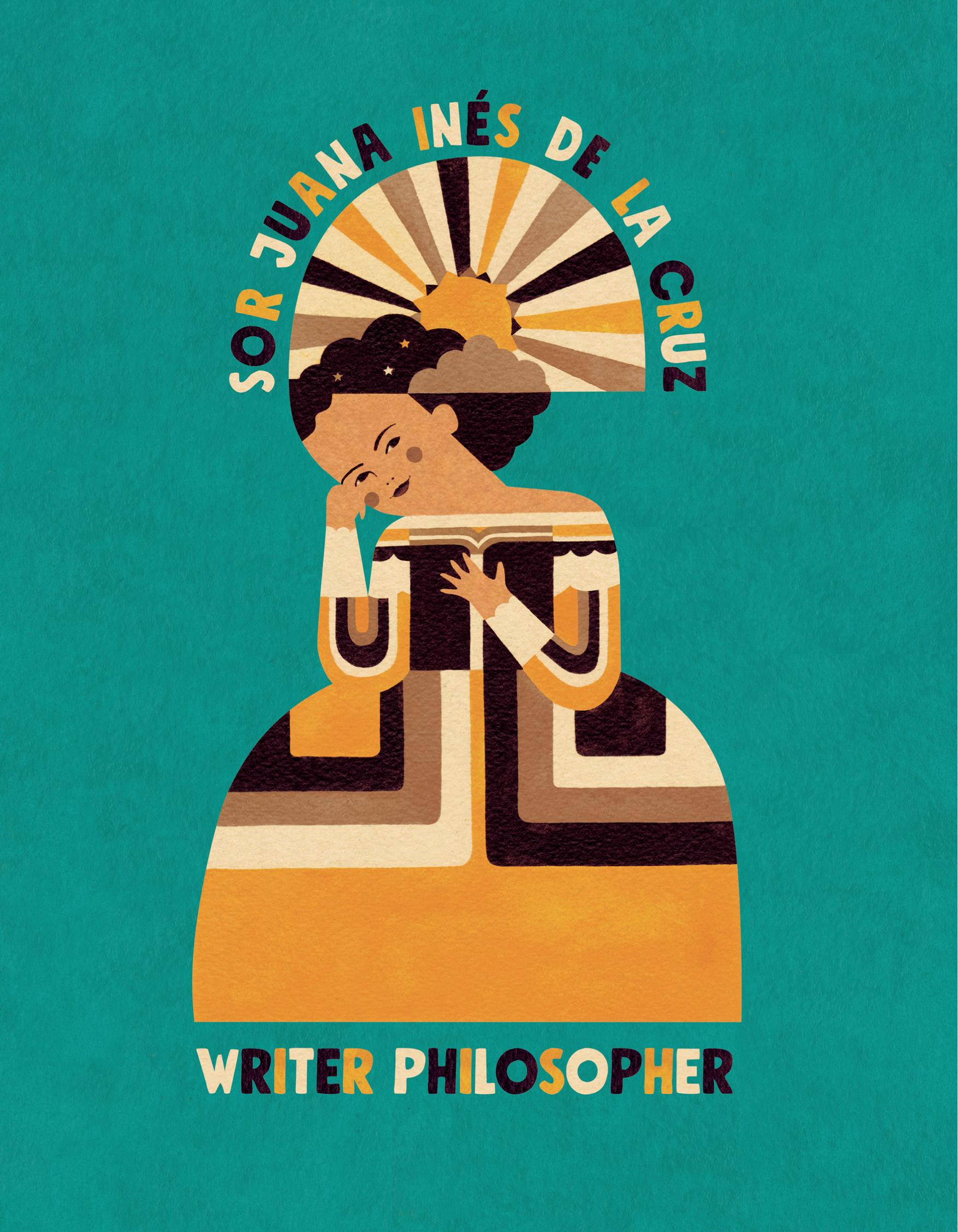
November 12, 1651April 17, 1695
Ever since she was a little girl sneaking into the cornfields to read forbidden books from her abuelos library in Mexico, Juana Ins dreamed of going to college. When she was seven and found out that college was only for boys, she begged her mother to cut off her braids and disguise her in boys clothes so she could go. But her mother didnt dare. Nias arent allowed to go to school, she declared.
Ill teach myself, then, she said, and Juana Ins learned everything from writing poetry and prose to science and the Aztec language of Nahuatl. By the age of eight, she won a writing contest and not only got to see her first play performed, but won a book, too!
By the time she was sixteen, news of her brilliant mind had traveled to the ears of the viceroy, who refused to believe that a woman could be so smart. Ill show her! he thought, and invited every respected academic in Mexico to test what she knew. But Juana Ins got every single question right! She was offered a place on the viceroys royal court and received many marriage proposals, too. But none of that was what Juana Ins really wanted to do. Where can I go to write? she wondered, and suddenly, she thought of just the place: a convent!
In the peace and quiet of her nuns cell, Juana Ins wrote poetry and plays by candlelight. Her ink-stained fingers filled page after page with witty critiques of the men in power and the church teachings that tried to keep women out. She sent her manuscripts off to Spain to be published, and with the help of her fellow nuns, turned the convent into a theater. She put on hilarious comedies for the royal court and thinkers of the time, artfully weaving in her feminist messages. Before long, her ideas were sparking lively debates that traveled far beyond the convents walls. And, almost four centuries later, those very ideas are read and talked about by new generations, still inspiring change.

July 12, 1780May 25, 1862
Juana was seven when her mother died and she had to leave her school in the city to be with her papi on his hacienda. Under the hot sun of Southern Bolivia, she worked on the fields side by side with the Aymara and Quechua workers. She made friends with them and learned to speak their languages. When her papi had time, he taught her to ride horses and to shoot. He didnt think to teach her to cook or sew like most girls learned at the time.
When Juana was a teenager, her papi died and she was sent off to a convent to become a nun. But that wasnt the life Juana wanted and she escaped one night to head home. When she got back, everything had changed. All her friends from the fields were working at the Spanish silver mines. They told Juana horrible stories about how the Spanish would beat them and force them to work long hours. Juana knew she had to do something to help.
Her childhood neighbor and friend had become a rebel in the revolutionary Army of the North, and she decided to join, too. The two of them married and went off to battle together to fight against the Spanish rulers. Because of her outspoken devotion to the cause, Juana quickly became the voice of the revolution. With her Aymara and Quechua friends, she recruited over ten thousand troops! And before long, she was the one leading them into battle. She was so good at strategizing that her troop, the Loyal Battalions, won against the Spanish with only a few stolen guns, slingshots, and wooden spears! A famous general was so impressed, he gave her his very own sword to honor her.


